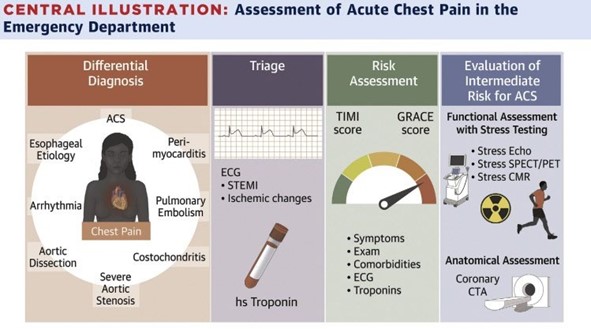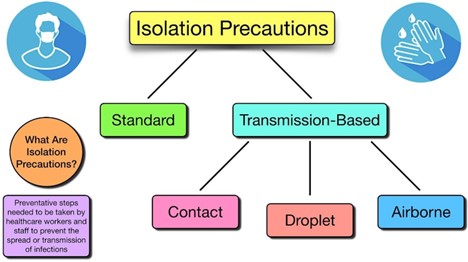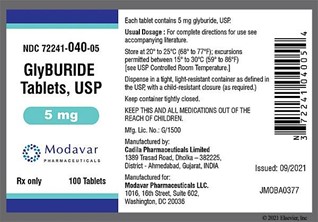A patient is admitted to the floor with a diagnosis of chest pain. Which of the following would be a priority for the assessment?
Palpation of the patient’s joints.
Inspection of the patient’s eyes.
Auscultation of the patient’s heart.
Percussion of the patient’s abdomen.
The Correct Answer is C
When a patient is admitted with a complaint of chest pain, the priority assessment would be to determine whether the patient is experiencing an acute cardiac event, such as a heart attack. This would involve a comprehensive assessment that includes obtaining the patient's medical history, vital signs (blood pressure, heart rate, respiratory rate, oxygen saturation), performing a physical exam, and obtaining an electrocardiogram (ECG).
Other important factors to assess include the location and nature of the pain, any associated symptoms (such as shortness of breath or diaphoresis), the patient's current medications and medical history (including any history of heart disease or risk factors), and any recent procedures or interventions that may have led to the current presentation.
Prompt assessment and intervention are crucial in managing a patient with chest pain, as timely treatment can help to minimize damage to the heart muscle and prevent further complications. Therefore, any signs of an acute cardiac event should be immediately reported to the healthcare provider in charge, and appropriate interventions should be initiated promptly.

Nursing Test Bank
Naxlex Comprehensive Predictor Exams
Related Questions
Correct Answer is C
Explanation
Standard precautions refer to the basic infection prevention measures that should be taken with all patients, regardless of their known or suspected infection status. This includes hand hygiene, the use of personal protective equipment (such as gloves), and the proper handling and disposal of contaminated items.
If there is a concern for an infection, additional precautions may be necessary based on the suspected or confirmed pathogen. In such cases, the nurse should follow transmission-based precautions, which are specific measures designed to prevent the spread of certain types of infections. For example, if there is a concern for a respiratory infection such as influenza, the nurse may need to use droplet precautions, which would include wearing a mask in addition to standard precautions.
It's important for the nurse to assess the patient's medical history and current condition to determine what precautions are necessary. The nurse should also be aware of and follow the infection control policies and procedures of their healthcare facility.

Correct Answer is A
Explanation
This is the medication that the nurse should expect to administer to the client who is receiving treatment for gestational diabetes mellitus. Gestational diabetes mellitus (GDM) is a condition that occurs when a pregnant woman has high blood sugar levels that are not controlled by diet and exercise alone. GDM can cause complications for the mother and the baby, such as preeclampsia, macrosomia, hypoglycemia, and birth trauma¹. The primary treatments for GDM are diet and increased exercise. However, some women may need medication to lower their blood sugar levels.
The most common medication used for GDM is insulin, which is a hormone that helps the body use glucose for energy. Insulin can be given by injection or by an insulin pump¹. However, some women may prefer oral medications over insulin injections. One of the oral medications that can be used for GDM is glyburide, which is a sulfonylurea drug that stimulates the pancreas to produce more insulin. Glyburide can lower blood sugar levels and reduce the need for insulin in some women with GDM²³. Glyburide is generally safe and effective for GDM, but it may cause side effects such as hypoglycemia, weight gain, nausea, and allergic reactions²⁴.
The other options are not correct because they are not medications used for gestational diabetes mellitus.
b) Levothyroxine
Levothyroxine is a synthetic form of thyroxine, which is a hormone produced by the thyroid gland. Levothyroxine is used to treat hypothyroidism, which is a condition that occurs when the thyroid gland does not produce enough thyroid hormones. Hypothyroidism can cause symptoms such as fatigue, weight gain,cold intolerance, and depression. Levothyroxine is not used to treat gestational diabetes mellitus.
c) Nifedipine
Nifedipine is a calcium channel blocker that relaxes the blood vessels and lowers blood pressure. Nifedipine is used to treat hypertension, angina, and preterm labor. Hypertension is a condition that occurs when the blood pressure is too high. Angina is a type of chest pain that occurs when the heart does not get enough oxygen. Preterm labor is a condition that occurs when the uterus contracts and dilates before 37 weeks of pregnancy. Nifedipine is not used to treat gestational diabetes mellitus.
d) Chlorpromazine
Chlorpromazine is an antipsychotic drug that blocks dopamine receptors in the brain. Chlorpromazine is used to treat schizophrenia, bipolar disorder, and nausea and vomiting. Schizophrenia is a mental disorder that causes distorted thoughts, hallucinations, and delusions. Bipolar disorder is a mental disorder that causes mood swings between mania and depression. Nausea and vomiting are symptoms that can be caused by various conditions or treatments. Chlorpromazine is not used to treat gestational diabetes mellitus.

Whether you are a student looking to ace your exams or a practicing nurse seeking to enhance your expertise , our nursing education contents will empower you with the confidence and competence to make a difference in the lives of patients and become a respected leader in the healthcare field.
Visit Naxlex, invest in your future and unlock endless possibilities with our unparalleled nursing education contents today
Report Wrong Answer on the Current Question
Do you disagree with the answer? If yes, what is your expected answer? Explain.
Kindly be descriptive with the issue you are facing.
